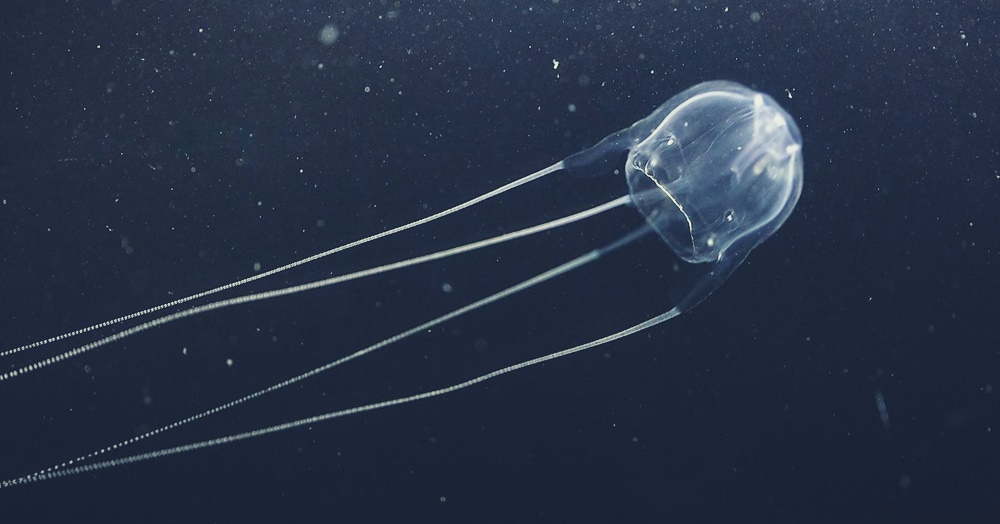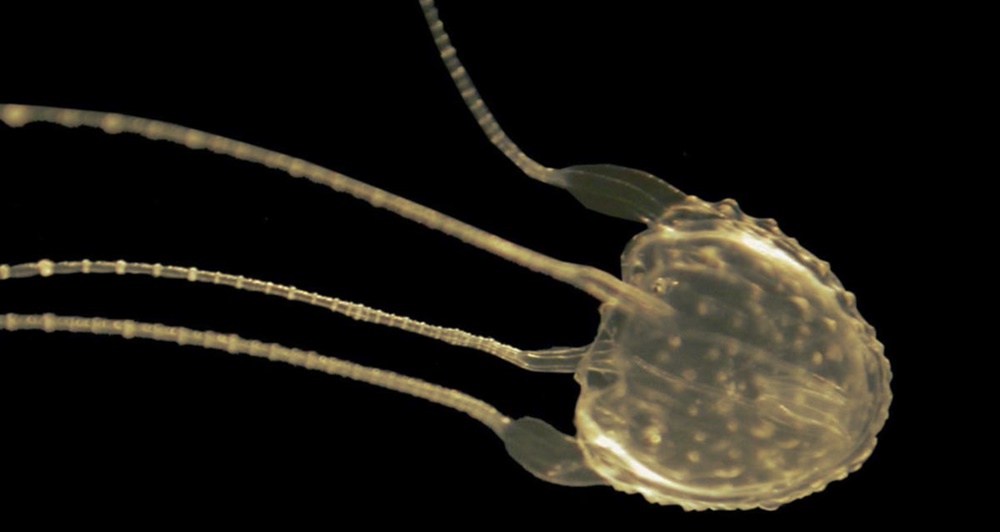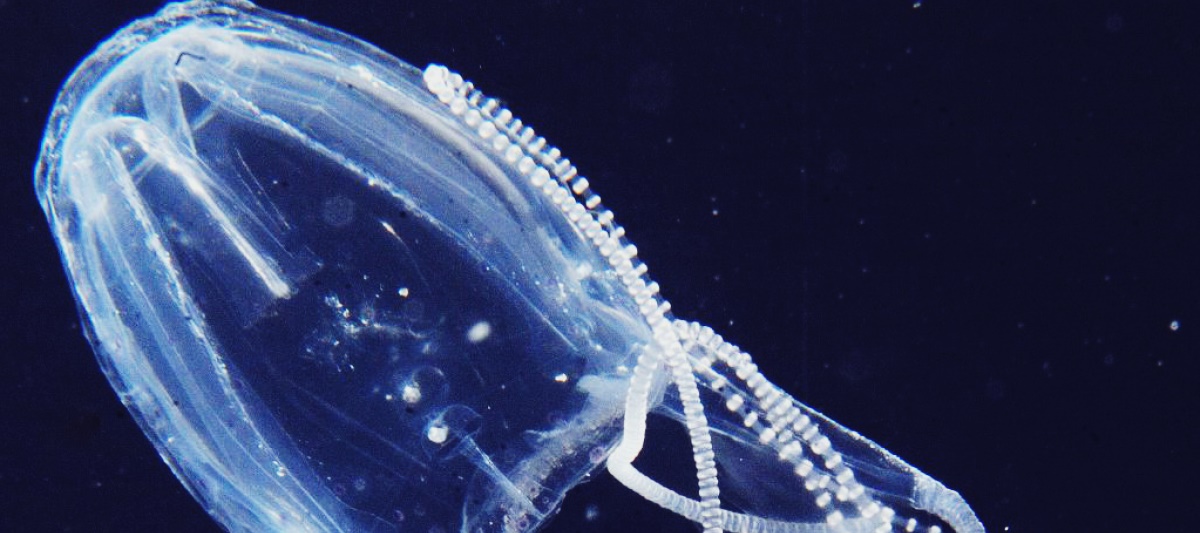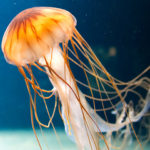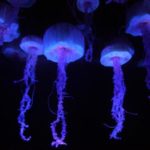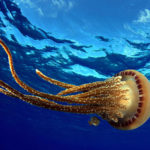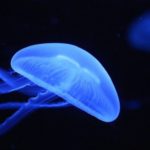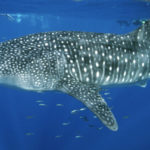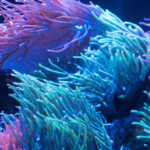Irukandji Jellyfish – Sting, Sting Effects and Irukandji Syndrome
The Irukandji Jellyfish, which is also known as the Iracongi Jellyfish or Irukandji Box Jellyfish, is a small jellyfish found around Australia which is known to be extremely toxic. There are two varieties of these tiny creatures and they are the Carukia barnesi and the Malo kingi. The latter has been discovered fairly recently. But it is generally accepted that the scientific name of Irukandji Jellyfish is Carukia barnesi.
The Irukandji Jellyfish has been named after an aboriginal tribe of Australia called the Irukandji. This tribe occupied the strip of coastal land that lies north of Cairns in the Queensland area and this is the region where the Irukandji Syndrome was found. Hugo Flecker found the details of this Syndrome during this research and recorded it in 1952. Dr. Jack Barnes made the connection between the jellyfish found in the area and the Irukandji Syndrome in 1964. He is credited with having made the very first identification of the Carukia barnesi. He established the connection between the Irukandji Jellyfish and the medical syndrome by getting himself stung by the creature.
Irukandji Jellyfish Sting
The Irukandji Jellyfish has stings in its tentacles and bell and this means that you should avoid getting in contact with not only the tentacles but the bell of this jellyfish also. Interestingly, these deadly jellyfish are very fragile and so it is very difficult to take care of them in an aquarium or a fishbowl. Even the slight impact against the sides of the tank is said to be enough to kill them.
This is ironic when you consider that a sting from these tiny and frail creatures can really cause a major impact on an adult human being. The complex set of symptoms that are now called Irukandji Syndrome include excruciating pain in various parts of the body including migraines, heavy sweating, heightened blood pressure, increased heart and pulse rate, nausea, and vomiting.
The sting itself is reported to be not very painful but the reactions that set in anywhere from fifteen minutes to two hours can really leave a person feeling debilitated. The syndrome can last anywhere from a few hours to several days, and hospitalization is often required for the patients. There have been known cases of people dying after being stung by the Irukandji Jellyfish. There is also some uncertainty in the statistics because it is possible that other deaths caused by the Irukandji Jellyfish have been wrongly diagnosed or attributed to some other cause incorrectly. Magnesium Sulfate has been used to treat this syndrome since 2007.
It is apparent that we need to avoid the Irukandji(Iracongi) Jellyfish if we do not want a bad bout of symptoms so it is necessary to learn to identify these sea creatures. These jellyfish are really tiny and fairly colorless. Given that they are about the size of your tiniest fingernail and they are transparent, it is not easy to spot them in the water. The warmer waters of the shoreline attract the Iracongi Jellyfish and so you are likely to see them close to the coast. However, stay warned that they have also been spotted two to three miles from the shore on occasion and it is not a good idea to assume that you can easily avoid them.
If you are in waters where the Irukandji Jellyfish are known to reside, take any sensation of a sting very seriously. Usual sting treatments such as vinegar are known to be ineffectual for treating Irukandji Syndrome and it is advisable that you get immediate medical help. Given that every summer 50-60 people seek hospitalization for this problem, it is possible to manage it effectively with medical help. Magnesium infusions using a drip have been found to be effective in countering the effects of the venom of the Irukandji Jellyfish. By seeking immediate help you can easily avoid going through the extreme physical and mental distress associated with the Irukandji Syndrome.
Irukandji Jellyfish Sting Effects
Now let’s talk a little about the Irukandji Jellyfish sting effects. As we already mentioned, you should avoid getting bitten by this jellyfish as it can have very serious consequences. Sor here are some bite effects of Irukandji Jellyfish:
- headache
- labored breathing
- nausea
- vomiting
- severe back pain
- anxiety
Some of these effects may appear and some may not. It depends on the body of the person who was bitten by this jellyfish. Anyway, you should be careful!
